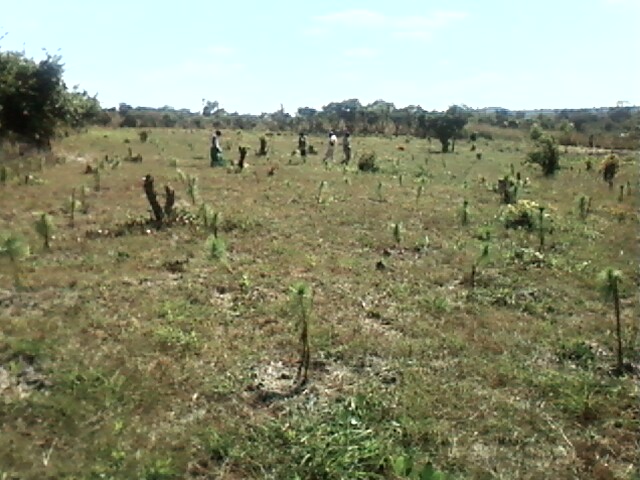An Overview Of Our Solution
- Population Impacted:
- Continent: Africa
Organization type
Population impacted
Size of agricultural area
Production quantity
People employed
Describe your solution
Describe your implementation
External connections
What is the environmental or ecological challenge you are targeting with your solution?
Describe the context in which you are operating
LUFAID is advocating natural resource management through environment rehabilitation for sustainable use among the marginalized rural communities. The approach encompasses sustainable means of land ownership, forest, water and land management as part of an integrated organic farming program for food security and diet diversity. Luapula Province in which the project is taking place is ranked the least in terms of poverty, water and sanitation. (UNICEF update of the situation analysis of children and women in Zambia) Additionally, malnutrition levels are very high and stunting is at 45% for under five children above the average for sub-Sahara Africa 42% (The 2007 ZDHS Survey report) Most of the communities at large lack knowledge on land use and forestry conservation and management. On the other hand the population of people has been tremendously increasing thereby putting more pressure on the land and water. Women in Zambia have fertility average of 6.2 children more than quarter of women ageing 15-19 are either mothers or currently pregnant contributing to high fertility rate resulting big population (ZDHS-2007)
How did you impact natural resource use and greenhouse gas emissions?
Language(s)
Social/Community
Water
Food Security/Nutrition
Economic/Sustainable Development
Climate
Sustainability
The action results are shared during feedback meetings and best practices for replication are shared too. The most variables that the organization has for replication and scale are skills, market, partnership and community mobilization. The wise investments of these variables produces good outcome such as agroforestry, bee-keeping, multi-skills, inclusive governance, accountability, incentive conservation and good value and promote sustainability while it builds on long - term value.
The sustainability of the solution does not entirely depend on the government subsidies but on market based revenue. The solutions have potential for growing and achieving greater success if well supported.
Return on investment
Entrant Banner Image

